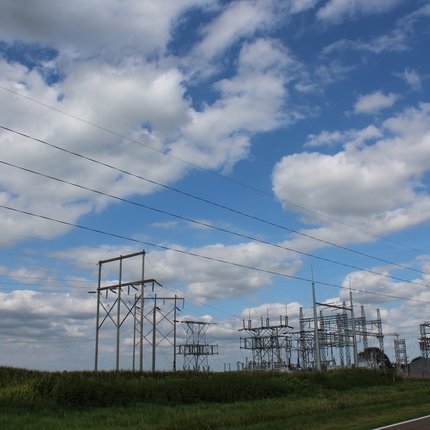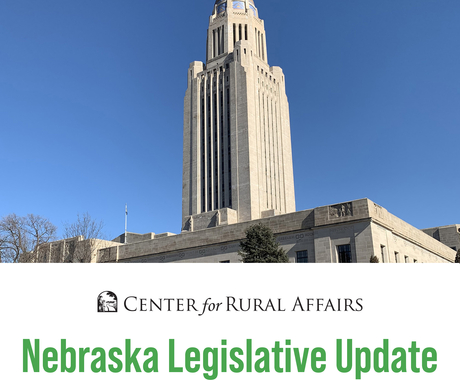By Lucas Nelsen, former staff member
The last decade has seen a drastic shift in the way the U.S. generates electricity.
We have shifted from relying primarily on fossil fuel burning power plants to a thriving clean energy industry that supplies renewable, low-cost electricity to consumers. A combination of demand from customers and diminishing technology costs have helped wind and solar projects sprout up across the country, and with them has come a range of economic benefits.
Renewable energy systems have created new jobs and career fields, especially in rural areas that tend to host projects. Utility-scale systems also offer land lease payments to landowners, providing a new source of income for families dealing with volatile agricultural markets. Many communities in the Midwest and Great Plains have also seen an increase in tax revenue, especially from wind generation.
This expansion has been tied to available electric transmission capacity to carry power from where it’s generated to the homes and businesses of consumers. But the grid was designed when centralized, fossil fuel burning power plants were the primary source of generation. As we have shifted to renewable energy spread out across a wide geographic area, the transmission system has required careful planning and upgrades.
We know the expansion of the clean energy economy must coincide with an expansion of the electric transmission system. By building out our electric grid, we can ensure there is sufficient capacity to allow consumers across the country to access reliable clean energy.
The benefits of renewable energy can provide significant economic opportunity for rural America, as long as we have the infrastructure in place to support development.




